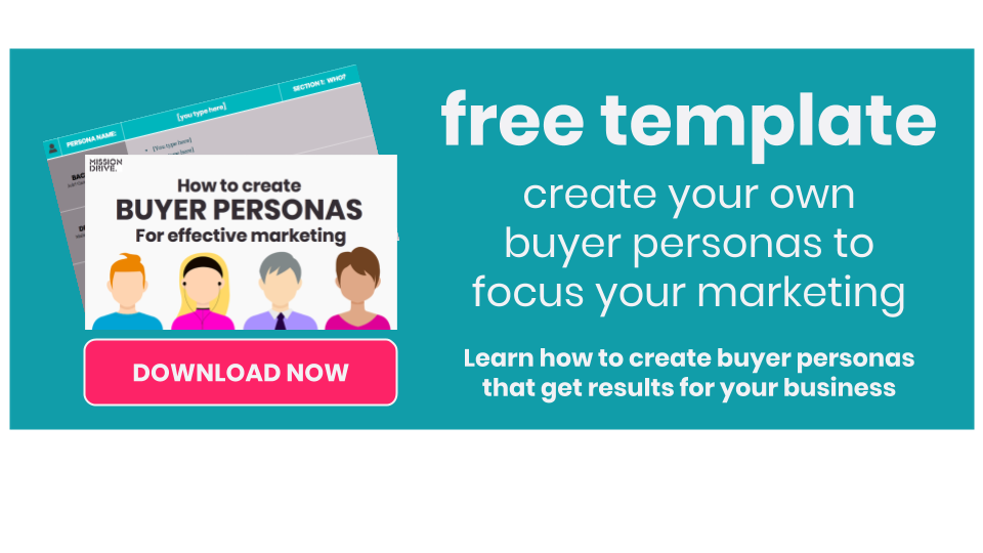You need to know what makes your audience tick if you want to create meaningful connections. Which is why developing audience personas is an essential element of effective community engagement, digital marketing and learning strategy.
Personas are your sketch of a typical audience member that provide insights and structure for how you engage with a specific group of people. They provide a focus for the kind of language, content and channels you should use to connect to them. Ideally, they should be based on research, reflecting reality, without naming an actual individual.
Why are personas so important?
Whether you’re planning an internal communications programme, building a community or launching a learning project, accurate, well-researched personas help you work out the type of people you want to engage with, what they’re interested in, what they need, and, most important, how to influence them in the right way, at the right time.

Here’s a 4 step guide to creating effective audience personas:
Step 1 – Background, demographics and identifiers
Background. Sketch out some basic details about your persona and their role in the organisation. Gather information about what a persona’s team or department might look like. Work out their background information, like education or hobbies.
Demographics. What’s their gender, age range, HH Income, and urbanicity?
Identifiers. Consider the buzz words they might use and their mannerisms. Find them on social media – what are they talking about, what are they sharing, what are they saying?
Watering holes. Where do they hang out online and in person? What influencers do they follow?
Step 2 – Goals, challenges and how you help
Goals. What is your persona trying to achieve? How are they measured? How are they rewarded?
Challenges. What are the main challenge to your persona’s success? What other challenges might they encounter?
How you help. Consider the offer – whether that’s a learning programme, a blog or a community activity. How will it solve your persona’s challenges. How will it help them achieve their goals?
Step 3 – Real quotes and common objections
Real quotes. Reach out to your audience and select some real quotes the persona has used, taken during interviews, or gathered through surveys. It will make it easier for a content development and communication teams to relate to and understand a persona and what you want to achieve.
Common objections. Identify the most common objections your persona might raise to engaging with you, following a learning path or taking part in an activity.
Step 4 – Messaging and elevator pitch
Marketing messaging. Think about how you should describe your solution to your persona.
Engagement. What are the best ways (social channels, email etc) to reach your persona? What should be avoided?
Elevator pitch. What’s the pitch to this persona? Make describing your solution, simple and consistent across everyone in your company.
Breathe life into your work
Once you’ve generated a persona it’s essential to start using and sharing it. Get feedback from other teams, consult the persona document when you’re writing new content, update it when you get a new insight into your audience. Don’t let it gather dust! You can then use your persona to:
- Determine where to focus your time
- Guide product and content development
- Generate new content ideas
- Determine what social media and promotional channels to focus on
- Develop deeper insights into your audience’s needs and behaviour.




